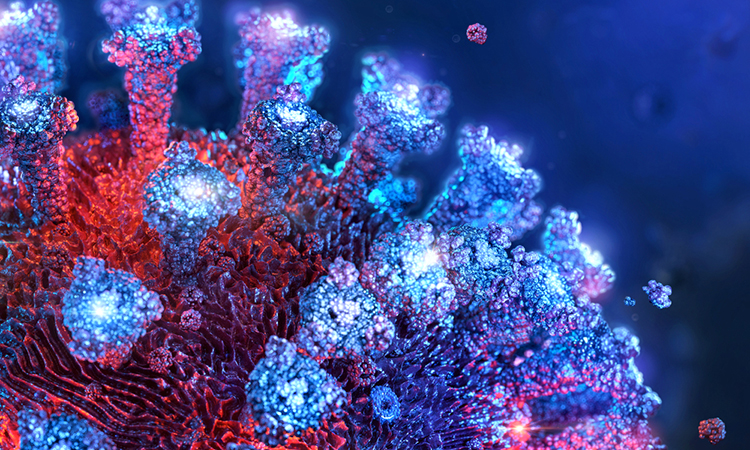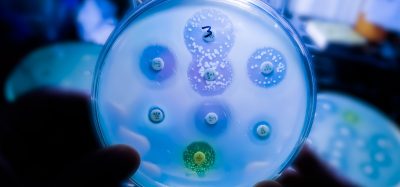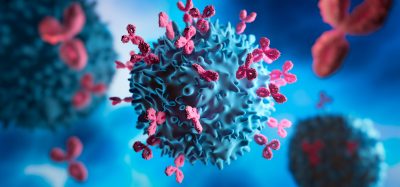Mini-lungs enable breakthroughs in SARS-CoV-2 research
Posted: 29 July 2024 | Drug Target Review | No comments yet
Researchers discovered two potential new drug applications with the possible clinical use of surfactant early in COVID-19 cases.


Alongside international collaborators, researchers at Sanford Burnham Prebys and the University of California San Diego have found that more types of lung cells can be infected with SARS-CoV-2 than previously thought. This includes cells without known viral receptors. Furthermore, the team detailed for the first time that the lung can independently produce an inflammatory antiviral response.
iPSCs
Dr Evan Snyder, director of the Center for Stem Cells and Regenerative Medicine and professor in the Human Genetics Program at Sanford Burnham Prebys, alongside Sandra Leibel, neonatologist at Rady Children’s Hospital San Diego and associate professor of paediatrics at UC San Diego School of Medicine, and their collaborators used induced pluripotent stem cells (iPSCs) to develop a grouping of various lung cell types in a pattern that resembles the human lung at a smaller scale.
Dr Snyder highlighted the advantages of this model: “With most models for studying respiratory infections, you can’t isolate a specific cellular response because you have all the immune system cells rushing in to help deal with the invaders.” Liebel added that another benefit is the team could choose the sex of the cells, to avoid just studying male-dominant or female-dominant lung tissue, as the lung responds differently during disease depending on sex.
Furthermore, the researchers could produce iPSCs from patients of different racial and ethnic groups to elucidate known disparities, such as susceptibility to infection and responsiveness to medications.
Findings
In the mini lungs, it was observed that different strains of SARS-CoV-2 were able to acutely infect many previously undescribed cell types. However, certain strains were more effective at infecting specific cell types.
“People used to say that SARS-CoV-2 only infects cells with certain receptors, especially those with the ACE2 receptor known to interact with the infamous SARS-CoV-2 spike protein,” explained Dr Snyder. “We demonstrated that when a direct entry point was unavailable, the virus just punches through the cell membrane instead.”
Leibel said that the Delta variant produced more severe symptoms and the Omicron variant was less deadly but more contagious. Therefore, the team hypothesised that Delta may prefer the alveolar cells deeper in the lungs, while Omicron stays in the upper airways.
As the strains changed over time, the scientists observed what was reported in patients as the pandemic changed. Due to Delta affecting the lower lung cells, it caused more deadly pneumonias. Later strains like Omicron affected upper lung cells, which resulted in more airway problems and sore throats. Therefore, the mini-lung system could aid scientists to predict patient outcomes.
Apilimod
A method to prevent the virus’s unexpected flanking manoeuvre was identified. The team showed that apilimod, a drug currently being studied for potentially treating cancer, ALS, dementia and various viral infections, effectively stopped the entry of SARS-CoV-2 into cells lacking traditional entry points.
“Our data suggest that apilimod could be an adjunct therapy given early on to slow down the infection and enhance the effectiveness of other medicines and the innate immune response,” stated Dr Snyder.
Surprisingly, the mini lungs have their own intrinsic first response system in reaction to SARS-CoV-2. Despite mini lungs having no connection to an immune system, the results demonstrate that lung cells can trigger many of the same biologic and cell signalling changes in response to a viral threat that are observed when the immune system is present.
Leibel explained: “We showed that it’s not just the immune cells that are becoming over-activated and secreting too much of the pro-inflammatory cytokines that contribute to severe cases of COVID-19…The lung cells do this as well.”
Surfactant protein B
Protein surfactant B (SP-B) was found to control this inherent antiviral response system in the mini lungs. The team discovered, testing the mini lungs that were genetically engineered to not express SP-B, that the number of cells infected with SARS-CoV-2 tripled. Leibel said: “When we followed that up by treating these engineered mini lungs with SP-B in a similar way to how premature newborns with surfactant deficiency are treated, we noted a reduction in viral infectivity.”
Therefore, the study highlights two potential new drug applications with the possible clinical use of surfactant early in COVID-19 cases.
Moving forward, the team plan to investigate how surfactant is so effective at protecting cells against viral invasion. Also, they aim to determine whether a rapid test for SP-B and particular pro-inflammatory cytokines may help ascertain which people are at greater risk of more severe forms of COVID-19.
This study was published in Proceedings of the National Academy of Sciences.
Related topics
Covid-19, Cytokines, Disease Research, Drug Development, Drug Discovery Processes, Drug Targets, Organoids, Therapeutics
Related conditions
SARS-CoV-2
Related organisations
Sanford Burnham Prebys, University of California San Diego








